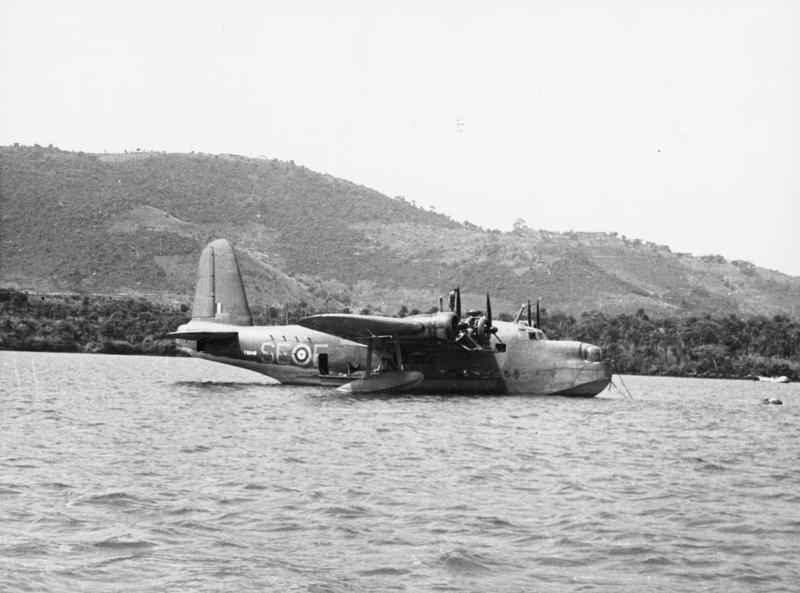Sierra Leone in World War II on:
[Wikipedia]
[Google]
[Amazon]

 Sierra Leone remained a British colony throughout World War II. As such, it fought alongside the
Sierra Leone remained a British colony throughout World War II. As such, it fought alongside the

 Sierra Leone remained a British colony throughout World War II. As such, it fought alongside the
Sierra Leone remained a British colony throughout World War II. As such, it fought alongside the Allies
An alliance is a relationship among people, groups, or states that have joined together for mutual benefit or to achieve some common purpose, whether or not explicit agreement has been worked out among them. Members of an alliance are called ...
against the Axis. No large scale battles or military action took place in or around Sierra Leone during the war. However, the colony played a critical role in supporting the Allies throughout the conflict, with Freetown acting as an important convoy station.
History
The British prepared Freetown for war as early as 1938, with comprehensivemilitarization
Militarization, or militarisation, is the process by which a society organizes itself for military conflict and violence. It is related to militarism, which is an ideology that reflects the level of militarization of a state. The process of milit ...
taking place the next year. The United States built military installations and stationed troops in Freetown in 1942 and 1943. At the height of the war, over 200 ships might had been moored in Freetown's harbor, most of them Europe-bound cargo or military vessels. The need for labor at the harbor caused many people in search of employment to flock to the city. In under two years, Freetown's population doubled because of the war. The work was arduous and wages were low, causing Freetown residents working in the harbor to go on strike when food prices began to rise. In addition, the influx of white soldiers caused racial tension
An ethnic conflict is a conflict between two or more contending ethnic groups. While the source of the conflict may be political, social, economic or religious, the individuals in conflict must expressly fight for their ethnic group's positio ...
to run high in the city during the war. Racially motivated street fighting was common. While most of these war era laborers were male, a significant number of Sierra Leonean women also participated.
Most Sierra Leoneans who enlisted fought in the Burma campaign as part of the Royal West African Frontier Force.
The famous Sierra Leone Creole journalist and founder of the West African Youth League, I.T.A. Wallace-Johnson, notable for his anti-imperialist and Marxist-Leninist views, was arrested when the war began. He was just one of many residents of British West Africa
British West Africa was the collective name for British colonies in West Africa during the colonial period, either in the general geographical sense or the formal colonial administrative entity. British West Africa as a colonial entity was orig ...
imprisoned by the British for expressing "seditious" views during World War II.
Many British and American troops stationed in Sierra Leone contracted and died from malaria. While death from malaria was common among soldiers around the world during World War II, Sierra Leone saw the highest number of soldiers lose their life to the disease, leading Allied soldiers to refer to Sierra Leone as the "white man's grave".
The political and economic situation of the post-war world eventually allowed Sierra Leone to gain independence from the British Empire in 1961, as part of a much larger trend of decolonization around the world.
References
{{World War II history by nation Africa in World War II Freetown 1940s in Sierra Leone World War II by country